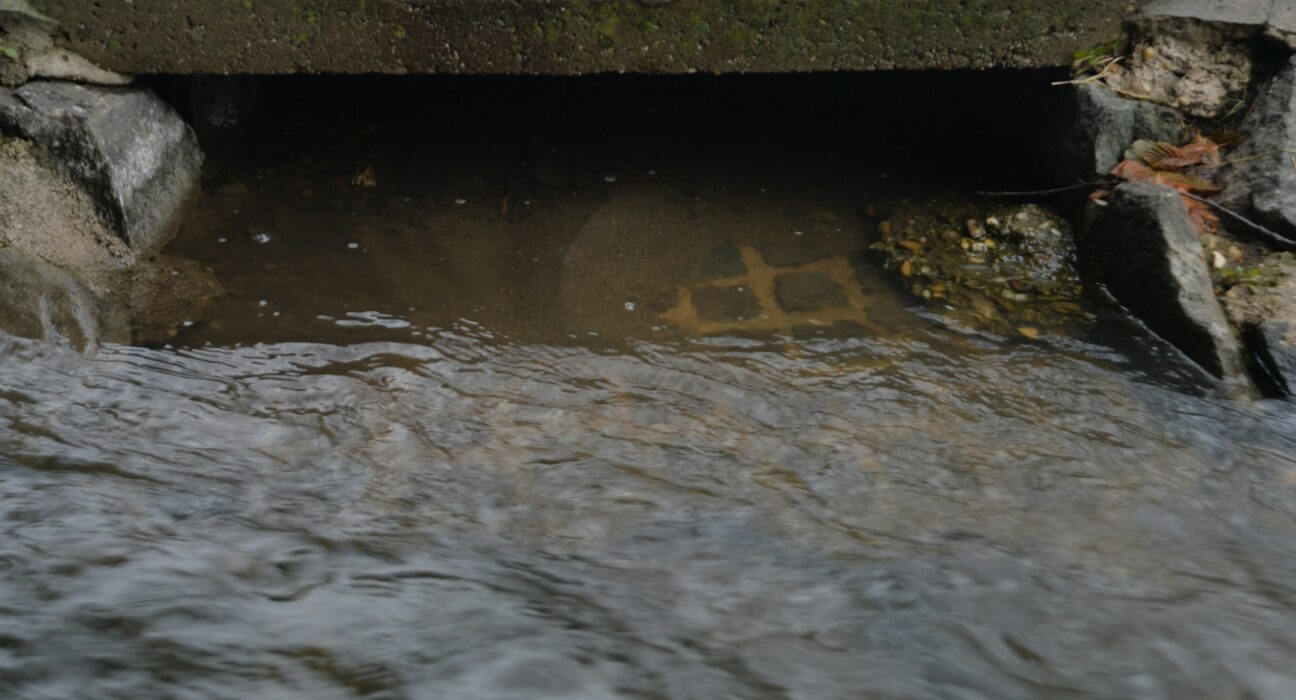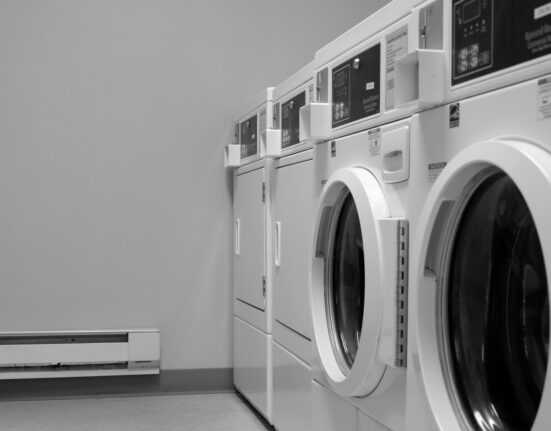A functioning sewer line is essential for a healthy and safe home environment, quietly managing waste disposal day in and day out. Most homeowners don’t think about their sewer system until a problem arises. When issues like slow drains, unpleasant odors, or soggy patches in the yard appear, it’s often a sign of underlying sewer line damage.
Understanding the root causes of these problems is the first step toward effective prevention and timely repairs. From natural processes occurring underground to the materials used in the pipes themselves, several factors can contribute to a compromised sewer system. This article will explore the most common causes of sewer line damage, helping you identify potential risks and know when to seek professional help.
Tree Root Intrusion
One of the most frequent and powerful causes of sewer line damage is tree root intrusion. Trees naturally seek out sources of water and nutrients, and a sewer line provides an ideal environment.
How Roots Cause Damage
Tiny, hair-like roots can penetrate small cracks or loose joints in a pipe. Once inside, they feed on the abundant moisture and nutrients, growing larger and thicker over time. This growth acts like a wedge, expanding the initial crack and putting immense pressure on the pipe. Eventually, this can lead to significant breaks, collapses, and severe blockages as the roots form a dense mat that traps waste.
Shifting Soil
The ground around your home is not static. Soil can shift, expand, and contract due to various environmental factors, all of which can place stress on buried sewer lines.
Causes of Soil Movement
- Freeze-Thaw Cycles: In colder climates, the ground freezes and thaws with the seasons, causing it to expand and contract. This movement can bend, crack, or separate pipe sections.
- Heavy Rain or Flooding: Saturated soil can become heavy and unstable, leading to settlement that misaligns or breaks pipes.
- Nearby Construction: Vibrations from heavy machinery or excavation can disturb the soil, leading to shifts that damage underground utilities.
Aging Pipes
Like any other component of a home, sewer pipes have a finite lifespan. The material they are made from often determines how susceptible they are to degradation over time.
Common Materials and Their Lifespan
Older homes, particularly those built before the 1980s, often have sewer lines made of clay or cast iron. While durable for their time, these materials are prone to corrosion and cracking after several decades. Aging pipes become brittle and can easily break under pressure from shifting soil or root intrusion. Modern PVC pipes are more resistant to these issues but are not entirely immune to damage.
Severe Blockages
While minor clogs are a common household nuisance, severe blockages can lead to significant sewer line damage. When a blockage prevents wastewater from flowing freely, pressure builds up inside the pipe.
What Creates Major Clogs?
- Grease and Oil: Pouring grease, fats, and oils down the drain causes them to solidify and build up on the pipe walls, eventually creating a stubborn blockage.
- Foreign Objects: Flushing items not intended for a sewer system—such as wet wipes, paper towels, and feminine hygiene products—can lead to severe clogs.
- Waste Buildup: An accumulation of solid waste over time can obstruct the line, especially in pipes with existing issues like root intrusion or sagging sections.
This increased pressure can find the weakest point in the pipe, causing it to crack or burst.
Poor Installation or Maintenance
The initial installation of a sewer line plays a crucial role in its long-term performance. Improper installation can create immediate or future problems that lead to premature failure.
Common Installation Mistakes
- Incorrect Slope: A sewer line must have a specific downward grade to allow waste to flow properly using gravity. If the slope is too flat, solids can settle and cause blockages. If it’s too steep, liquid can run off too quickly, leaving solids behind.
- Poorly Joined Sections: If pipe joints are not sealed correctly, they create entry points for tree roots and allow soil to infiltrate the line.
- Inadequate Bedding: The soil or gravel base beneath the pipe must be properly compacted to provide stable support. Poor bedding can lead to sagging or bellies in the line where waste can accumulate.
Extreme Weather and Disasters
Natural events can have a sudden and devastating impact on underground infrastructure, including sewer lines.
Environmental Impacts
- Earthquakes: Ground shaking during an earthquake can easily crack, misalign, or completely sever sewer pipes.
- Flooding: Heavy floods can oversaturate the ground, causing soil to shift and putting immense pressure on pipes. The sheer volume of water can also overwhelm the system, leading to backups and stress on the infrastructure.
Protecting Your Sewer System
Recognizing the common causes of sewer line damage empowers you to take proactive steps. Regular inspections, mindful disposal of waste, and awareness of your property’s landscaping can help prevent costly repairs. If you notice signs of trouble, such as persistent backups or unusual odors, addressing the issue promptly is key to protecting your home and property.
For a comprehensive assessment of your sewer system or to address an existing problem, it is always best to consult with a professional. If you need expert assistance, click here to connect with our team of certified plumbers.








Leave feedback about this